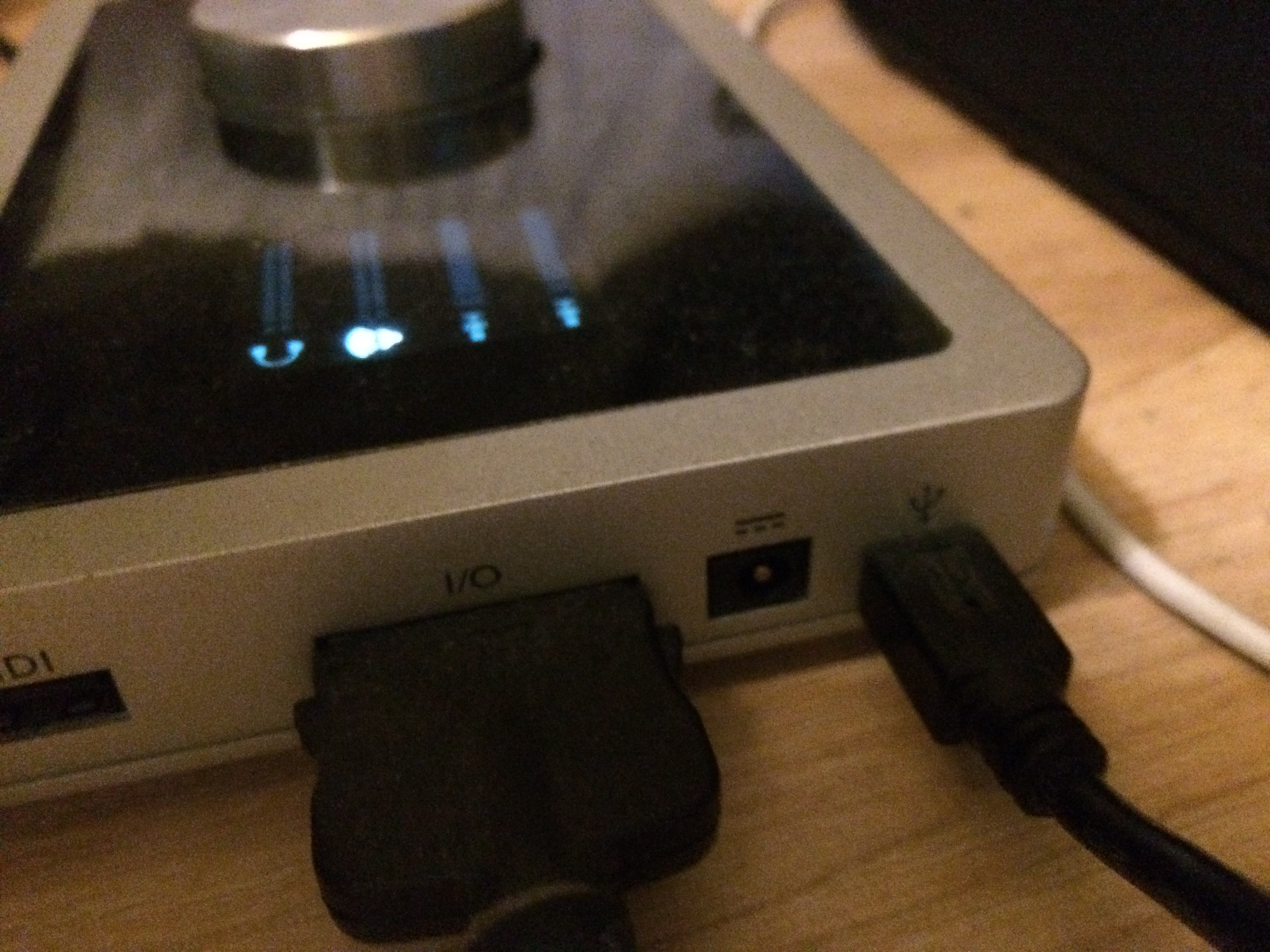
If the pop-ups aren’t appearing, there are a few things to check: It's honestly amazing that tech from 2006 works on 2020 Macbook Pros.Several Apogee products have pop-up level indicator graphics that will appear on the desktop of your Mac when the input and output levels are adjusted from the device or from the Mac’s keyboard volume buttons. If your device isn't showing in system preferences, AFTER THE FIRMWARE STEP, unplug device or turn off device and plug it in or turn it on again. Direct message me too if you're not able to comment on this post and I'll help you. Comment any questions you have and I will do my best to answer them and aid you in fixing your problems. Set the channels (mono or stereo) as you want to your heart's desire. Go to that DAW's preferences and select your input device to your Apogee device. Go back to SOUND in system preferences and set your input & output sound to your mac defaults. You'll be able to interact with all the settings like normal.

It should show your apogee device perfectly now. Select your interface for the input and output of your mac. Open the Apogee Maestro app in the Applications section of Finder.

Follow all the steps that ultimately make you restart your computer. PLUG IN YOUR DEVICE TO YOUR MAC AND MAKE SURE IT'S POWERED ONĭownload the install package from the apogee website for your specific device. Make sure you own all the adapters necessary to go from firewire to either thunderbolt or all the way to USB-C depending on your Mac.Ġ.

I think these used to be a thousand dollars when they came out. I just bought and got delivered my Apogee Ensemble as an upgrade. And then everything is as simple as plugging-in and turning stuff on.Īpogee Duets are $60 - $120 USD these days. This tutorial is to get started for the first time. I've seen this work on OSX Catalina as well. I personally did this on the latest version of OSX Mojave. I own both units and have did this with easy success.


 0 kommentar(er)
0 kommentar(er)
